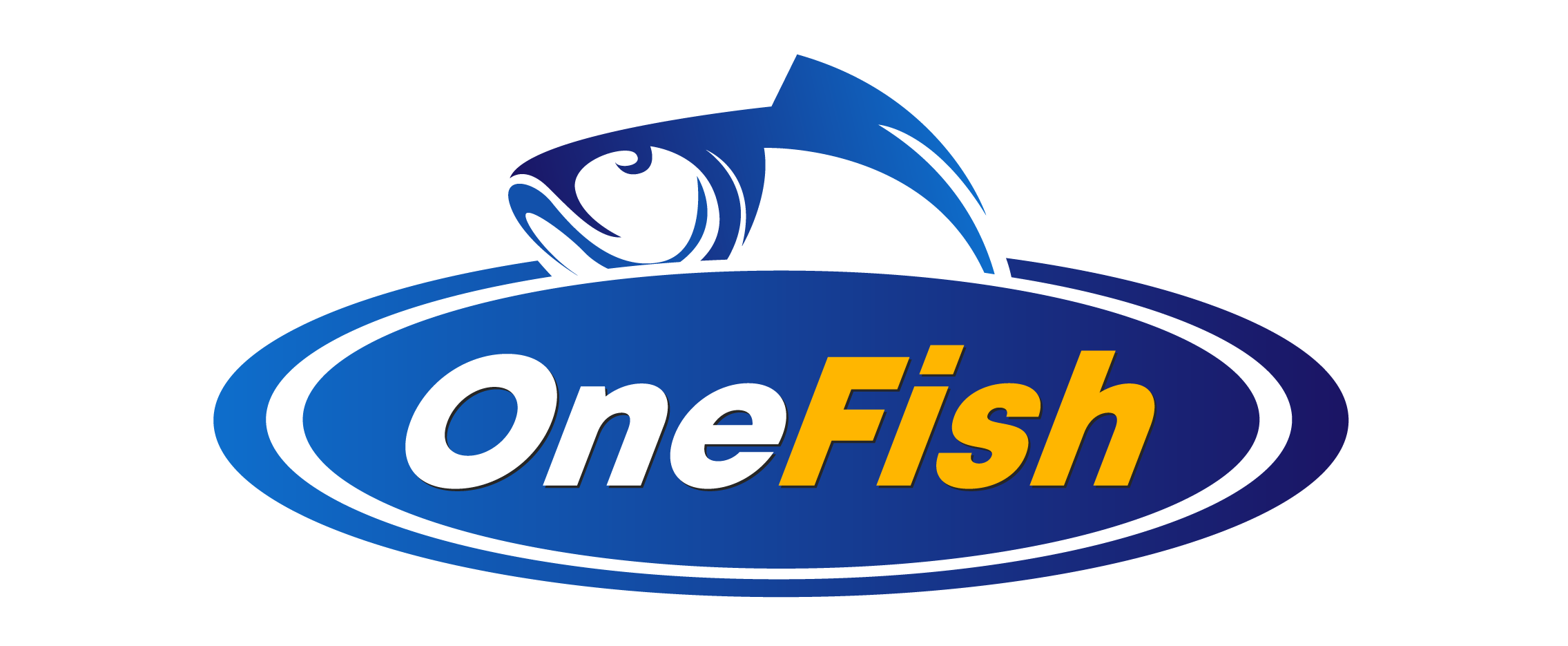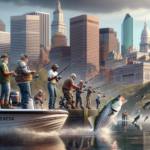Striped Bass Rodeo in New York
Introduction
Did you know that the striped bass, also known as the “striper,” is one of the most sought-after game fish in New York? Every year, anglers from all over the country flock to the Empire State to participate in the Striped Bass Rodeo, a thrilling event that combines the excitement of fishing with the camaraderie of a community gathering.
This article will delve into the Striped Bass Rodeo in New York, covering everything from the historical significance of the event to the best fishing techniques, gear recommendations, and safety tips. Whether you’re a seasoned angler or a novice looking to get started, this guide will provide you with all the information you need to make the most of this unique fishing experience.
Understanding the importance of the Striped Bass Rodeo is crucial for anyone interested in fishing in New York. Not only does it offer a chance to catch one of the most prized fish in the region, but it also provides an opportunity to engage with a vibrant community of fellow anglers. So, let’s dive in and explore what makes this event so special.
Background/Context
Historical or Cultural Significance
The Striped Bass Rodeo has a rich history that dates back several decades. Originally started as a small local event, it has grown into one of the most anticipated fishing tournaments in the Northeast. The striped bass itself holds a special place in American history, having been a staple for Native American tribes and early European settlers. Over the years, the fish has become a symbol of sport fishing in the United States.
Geographical Overview
New York offers a diverse range of fishing environments, from the bustling waters of the Hudson River to the serene shores of Long Island. The state’s varied climate and topography create ideal conditions for striped bass, which thrive in both freshwater and saltwater environments. The local ecosystem supports a rich array of marine life, making it a prime location for anglers.
Key Points/Details
Fishing Techniques
Technique Overview
When it comes to catching striped bass, several techniques stand out. These include surfcasting, trolling, and fly fishing. Each method has its own set of advantages and is suited to different conditions and locations.
When and Where to Use
Surfcasting is ideal for fishing from the shore, particularly along the beaches of Long Island. Trolling works best in deeper waters, such as those found in the Hudson River. Fly fishing, while more challenging, can be highly effective in estuaries and tidal creeks.
Recommended Gear
- Rods: Medium to heavy-action rods are recommended for surfcasting and trolling, while a lighter rod is suitable for fly fishing.
- Reels: Spinning reels for surfcasting, conventional reels for trolling, and fly reels for fly fishing.
- Lines: Braided lines for surfcasting and trolling, and floating lines for fly fishing.
- Bait/Lures: Live bait such as bunker or eels, and artificial lures like topwater plugs and soft plastics.
Species Information
Species Overview
The striped bass is known for its distinctive dark stripes running along its silvery body. These fish are highly migratory, moving between freshwater and saltwater throughout the year. They prefer cooler waters and are often found near structures like rocks, piers, and submerged vegetation.
Best Practices
To successfully catch striped bass, it’s essential to understand their behavior. They are most active during dawn and dusk and are particularly attracted to moving water. Using live bait or lures that mimic their natural prey can significantly increase your chances of a successful catch.
Location Information
Top Fishing Spots
- Hudson River: Known for its large population of striped bass, particularly during the spring migration.
- Long Island Sound: Offers excellent surfcasting opportunities along its beaches and rocky shores.
- Montauk Point: A renowned fishing destination, especially during the fall run.
Regulations and Licenses
New York has specific regulations for striped bass fishing, including size and bag limits. Anglers must have a valid New York State fishing license, and it’s essential to check the latest regulations before heading out. Catch and release practices are encouraged to help sustain the striped bass population.
Seasonal Considerations
Seasonal Variations
Striped bass fishing in New York varies throughout the year. The spring migration, from April to June, is one of the best times to fish, as large numbers of stripers move into the Hudson River to spawn. The fall run, from September to November, is another peak period, particularly along the coast.
Best Times to Fish
The optimal times to fish for striped bass are during the early morning and late evening when the fish are most active. Tidal changes also play a significant role, with the best fishing often occurring during incoming and outgoing tides.
Events and Tournaments
Event Overview
The Striped Bass Rodeo is typically held in late spring, coinciding with the peak of the spring migration. The event features various categories, including shore and boat fishing, and offers prizes for the largest catches.
Preparation Tips
To prepare for the Striped Bass Rodeo, it’s essential to practice your fishing techniques and familiarize yourself with the local waters. Ensure your gear is in top condition, and consider scouting potential fishing spots ahead of time. Joining a local fishing club can also provide valuable insights and support.
Tips and Best Practices
General Tips
- Always check the weather forecast before heading out.
- Use a fish finder to locate schools of striped bass.
- Be patient and persistent; striped bass can be elusive.
Avoid Common Mistakes
- Not using the right bait or lures for the conditions.
- Ignoring local regulations and size limits.
- Fishing at the wrong times of day or during slack tides.
Advanced Techniques
- Mastering the use of live bait rigs for more natural presentations.
- Experimenting with different retrieval speeds and patterns.
- Using electronics to track water temperature and fish movements.
Gear and Equipment Recommendations
Essential Gear
- Medium to heavy-action rod and reel combo.
- Braided fishing line for strength and sensitivity.
- Assorted lures and live bait rigs.
- Fish finder and GPS for locating fish and navigating waters.
Optional Gear/Upgrades
- Waders for surfcasting in deeper waters.
- High-quality polarized sunglasses to reduce glare and spot fish.
- Portable cooler for keeping your catch fresh.
Where to Buy or Rent
Local tackle shops in New York, such as Capitol Tackle and River Bay Outfitters, offer a wide range of fishing gear. Online retailers like Bass Pro Shops and Cabela’s also provide extensive selections. For those looking to rent equipment, many local marinas and fishing charters offer rental services.
Safety and Conservation
Safety Tips
- Always wear a life jacket when fishing from a boat.
- Be aware of weather conditions and avoid fishing during storms.
- Stay hydrated and protect yourself from the sun with sunscreen and appropriate clothing.
Conservation Practices
- Practice catch and release to help sustain the striped bass population.
- Respect local wildlife and avoid disturbing natural habitats.
- Follow all fishing regulations and report any violations to authorities.
Planning Your Trip
Accommodations
There are numerous lodging options near popular fishing spots in New York. Hotels, motels, and bed-and-breakfasts are available in towns like Kingston, Montauk, and Greenport. For a more immersive experience, consider staying at a fishing lodge or campground.
Travel Tips
New York is well-connected by major highways and public transportation. If you’re flying in, the closest airports are JFK and LaGuardia in New York City. Renting a car is recommended for easy access to various fishing locations. Be sure to check traffic conditions and plan your route in advance.
Additional Activities
New York offers a wealth of activities for non-fishing time. Explore historic sites like the Vanderbilt Mansion or take a scenic hike in the Catskills. For families, attractions like the Long Island Aquarium and Adventureland amusement park provide fun for all ages.
Frequently Asked Questions (FAQs)
Do I need a fishing license to participate in the Striped Bass Rodeo?
Yes, a valid New York State fishing license is required to participate in the Striped Bass Rodeo.
What is the best time of year to fish for striped bass in New York?
The best times are during the spring migration (April to June) and the fall run (September to November).
Can I fish for striped bass from the shore?
Yes, surfcasting from the shore is a popular and effective method for catching striped bass.
What type of bait should I use for striped bass?
Live bait such as bunker or eels, as well as artificial lures like topwater plugs and soft plastics, are highly effective.
Conclusion
The Striped Bass Rodeo in New York is more than just a fishing event; it’s a celebration of the sport and the community that surrounds it. By understanding the best techniques, gear, and locations, you can enhance your fishing experience and increase your chances of landing a prized striped bass. Remember to prioritize safety and conservation to ensure that future generations can enjoy this incredible fishery. So gear up, head out, and make the most of your time on the water!


